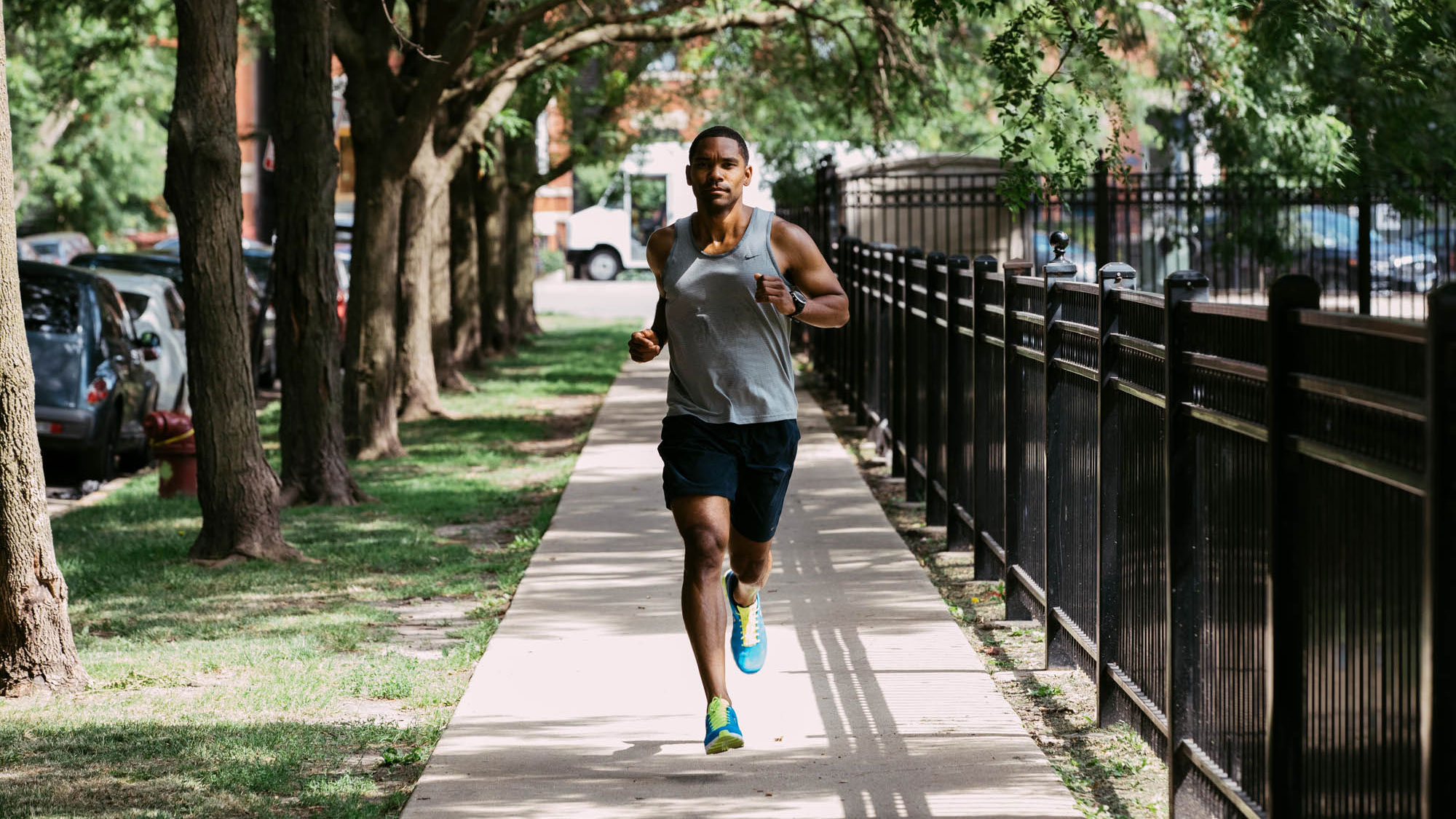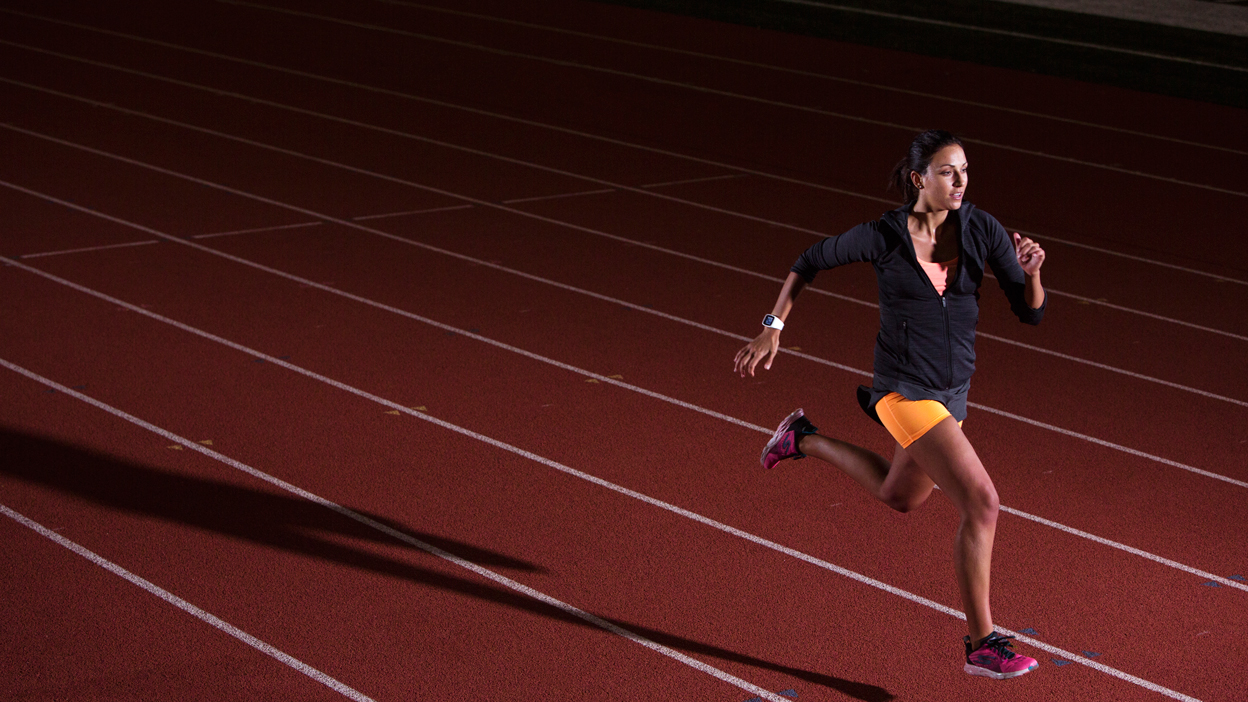A message for runners and hikers: 5 reasons why you shouldn’t forget to train your arms
Why your arms are the key to better performance

Even though running and hiking primarily involve your lower body, it’s important not to underestimate the vital part that your arms contribute towards both your efficiency and overall effectiveness. By dedicating time to strengthening your arms, you're not just building muscle—you're creating a more powerful, stable, and sustainable running stride.
I recently covered 5 exercises you can do in the gym that will improve your runs, hikes and walks. Almost all of them focus on the legs and back, so you’d be forgiven for thinking that your arms are unimportant. That couldn’t be further from the truth. Next time you’re out running, try to keep your arms still, and you’ll soon realize what an important part they play.
Put simply, ignoring your arms during training is a mistake that can hold you back from reaching your full potential. With that said, here are five reasons why you shouldn't forget to train your arms.
1. Improving economy
Economy, in this context, refers to how efficiently your body uses oxygen and energy to move at a given pace. It’s something that is more commonly referred to by runners, and in essence, the more economical you are, the less energy you expend to maintain your speed. This is vital for improving endurance and performance.
A strong and efficient arm swing helps propel you forward, counteracting the rotational forces of your legs. The Human Performance Laboratory in Canada backs this up when it concludes that “Without arm swing, shoulder and torso rotation must increase to counterbalance the rotational angular momentum created by swinging of the legs.”
Arm movement keeps your torso stable and facing forward, preventing your core muscles from having to work overtime to correct the twisting motion. Arms are also responsible for setting your rhythm and generating forward momentum.

2. A balanced and stronger body
If you focus only or mostly on your legs, then it’ll lead to a disproportionate and imbalanced physique. For example, an athlete with strong legs but a weak upper body might develop a hunched posture or be more susceptible to injury because their body isn't working as a cohesive whole.
This is far from ideal when what you want to be aiming for is a coordinated and balanced form that enables you to make the most of your energy and muscles.
By working on your arms and upper body, as well as your legs, you’ll become a much more balanced athlete that is able to more fully harness your potential. A proper focus on the arms also helps to contribute to overall fitness and health, making you a more resilient and capable runner.
3. Enhanced uphill performance
One of the most effective ways of improving uphill performance is to pump your arms, and the only way you’re going to manage that effectively is to have strong arm muscles. It is only through strong, coordinated arm swings that you’ll have the necessary power and rhythm to be able to quickly travel up an incline. One study suggested that "greater UB [upper body] maximal strength-generating capacity may positively influence repeated sprint ability."
Not only will weak arm muscles result in limited incline speed, but you’ll also find your arms fatiguing more quickly. This will further compound your ability to move up hills with any particular efficiency. Suffice it to say, strong arm muscles are vital to efficient running and hiking, especially across varied terrain.
4. Injury prevention

Having stronger arms contributes to injury prevention by improving biomechanics and physical resilience. This isn’t just a case of having strong arms but more about how they influence the rest of your body's function. Researchers from Stanford summarize it this way: “Weakness or lack of sufficient coordination in core musculature can lead to less efficient movements, compensatory movement patterns, strain, overuse, and injury.”
A runner’s arm swing also helps limit injuries. Because your arms are connected to your core muscles, having a controlled arm swing helps to engage your core muscles, including obliques and lower back. It is this engagement that helps stabilize your pelvis and torso, preventing excessive side-to-side rotation. As a result, you’ll be less susceptible to strains and injuries.
5. Better posture and form
One of the ways of improving your running is to develop a more powerful stride and ensure that you keep your airways as open as possible. Both of these are made possible by developing strong arms and back muscles that help you keep your chest up and shoulders back.
If you have weak or underdeveloped arms, then you’ll find your shoulders beginning to slump partway into exercising. As a result, your form will noticeably deteriorate. Having strong arms will help you maintain a tall, aligned body, which allows you to run more economically and with less effort.
You might also like...
Sign up for breaking news, reviews, opinion, top tech deals, and more.

Paul is a digital expert. In the 20 years since he graduated with a first-class honours degree in Computer Science, Paul has been actively involved in a variety of different tech and creative industries that make him the go-to guy for reviews, opinion pieces, and featured articles. With a particular love of all things visual, including photography, videography, and 3D visualisation Paul is never far from a camera or other piece of tech that gets his creative juices going. You'll also find his writing in other places, including Creative Bloq, Digital Camera World, and 3D World Magazine.
